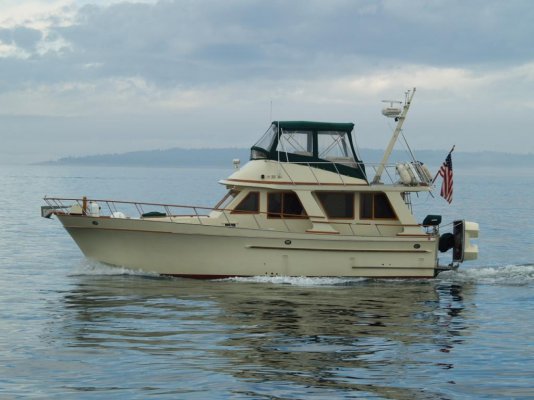Doc
Guru
- Joined
- Oct 5, 2007
- Messages
- 508
One of the Nordic Tug owners was told that his interior cutlass bearing burned*out because they didn't burp the PSS seal after the boat had been out of the water. Certain years of NT's have a cutlass bearing just aft of the PSS where the long shaft enters the tube heading aft. The other one is just in front of the prop. The interior*bearing gets water from the PSS water feed*hose and from the outside via water coming up the shaft tube.
I am on my second set of PSS seals and have never heard this. Anyone know?
I am on my second set of PSS seals and have never heard this. Anyone know?

